Meet our interns from the 2022-23 summer
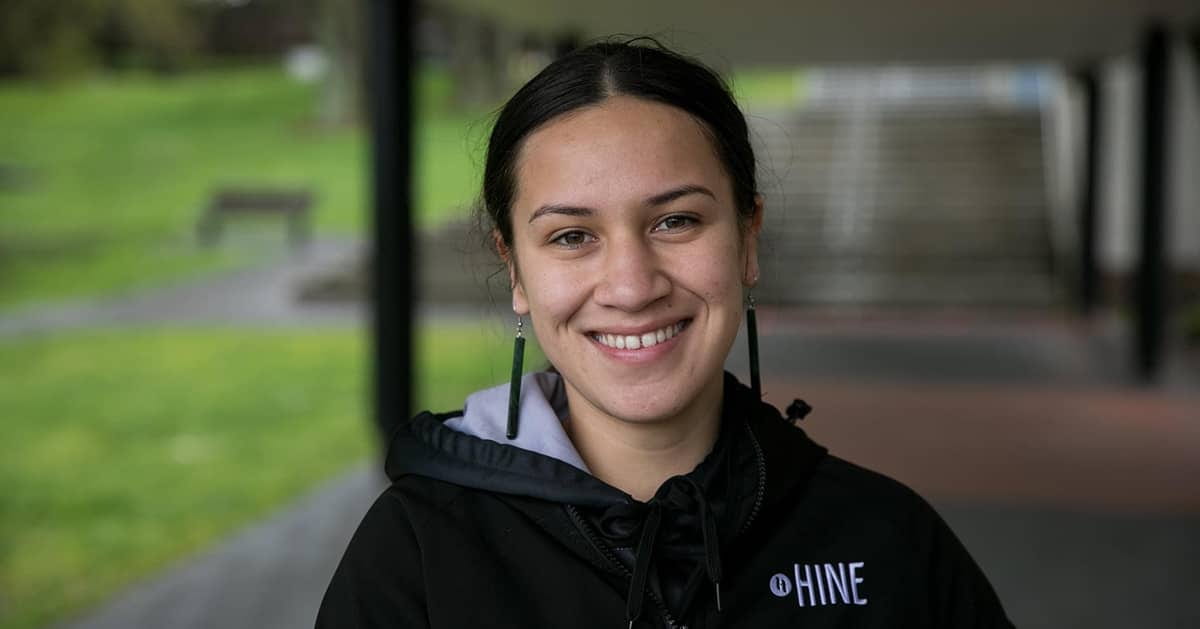
Sophie Doyle | Department of Conservation / University of Waikato
“Tēnā koutou katoa. Ko Sophie tōku ingoa. He uri tēnei nō ngā maunga o Te Hiku o Te Ika i Muriwhenua, ko Ngāti Kahu me Te Rarawa Kaiwhare tēnei e mihi atu. He raukura ahau o Te Whare Wānanga o Waikato.
“My name is Sophie and I hail from the Far North, Kaitāia. I am a recent graduate of the University of Waikato, studying Environmental Science and Māori and Indigenous Studies.”
“I am so privileged to be working alongside Te Pūnaha Matatini, the Department of Conservation and the University of Waikato this summer as part of my internship. Our focus is native pekapeka (bats), investigating community attitudes and awareness towards these taonga species around the Waikato region and hopefully nationwide in the future.”
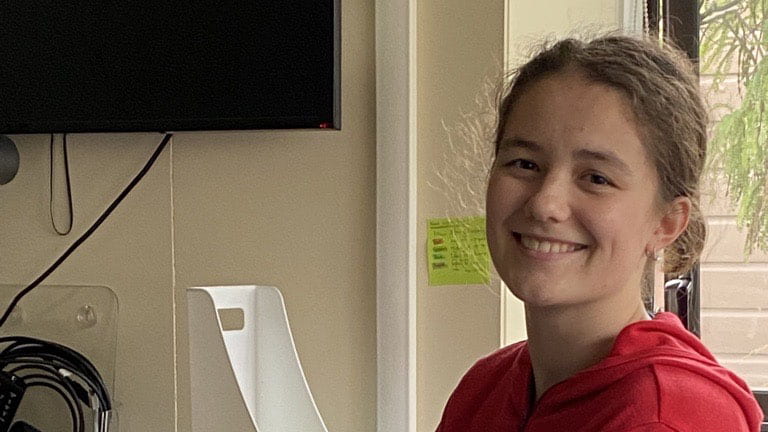
Ela Hunt | Philopatry in seabirds | University of Otago
“I’m working with my wonderful supervisor Cilla Wehi at the University of Otago, and we’re looking at philopatry in seabirds. I’m doing my masters over the next two years, and I want to be a seabird ecologist.
“Philopatry is a phenomenon where animals return to the site of their birth, generally to breed. In some cases these birds migrate tens of thousands of kilometres in a year, but return to breed. For my project I’m doing a meta analysis – a statistical analysis designed to create a combination of the results of multiple independent studies.”
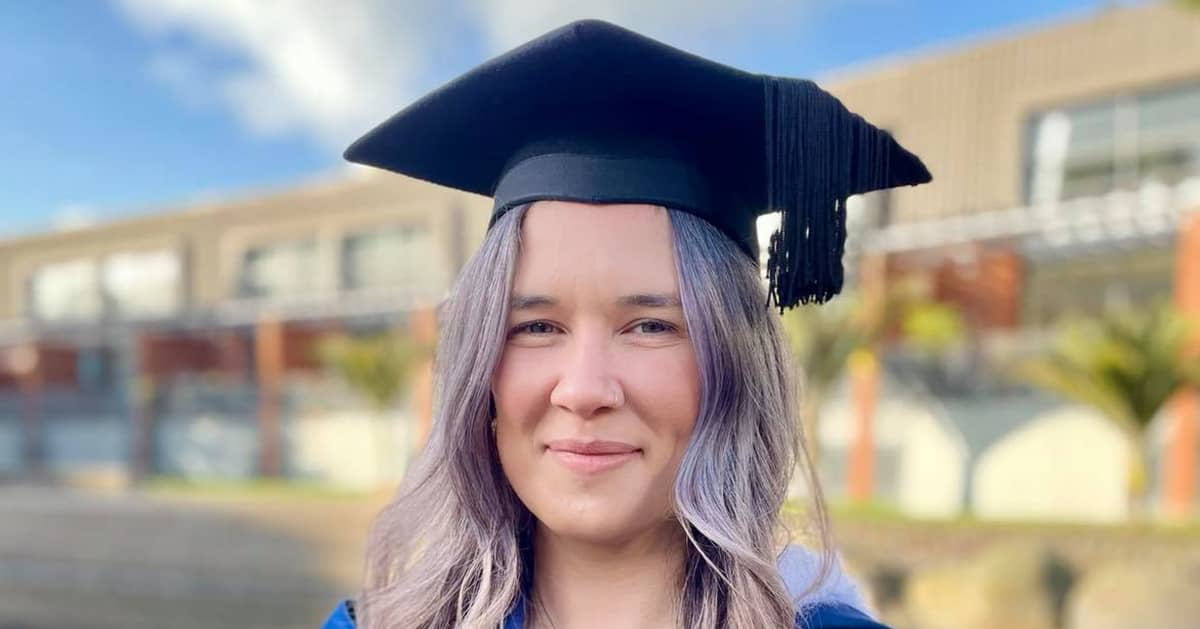
Brittany Bennenbroek | Office of the Prime Minister’s Chief Science Advisor
“I’m currently completing a Master of Science in Society at Te Herenga Waka – Victoria University of Wellington. I am passionate about effective science communication, sustainable practices, cognitive research, mental health, and wellbeing.
“I’m excited to be working on the Kindness in Science project with Te Pūnaha Matatini. This summer I’m collaborating with the Office of the Prime Minister’s Chief Science Advisor to explore the effect and timing of past policy changes aimed at improving a culture of diversity, equity, inclusion, or kindness in research in Aotearoa.
“I’m hoping to create a timeline of policy events that can demonstrate where key policy decisions have been made in the past, to help develop an understanding of where levers for effective (or ineffective) change may sit within the policy sphere.”
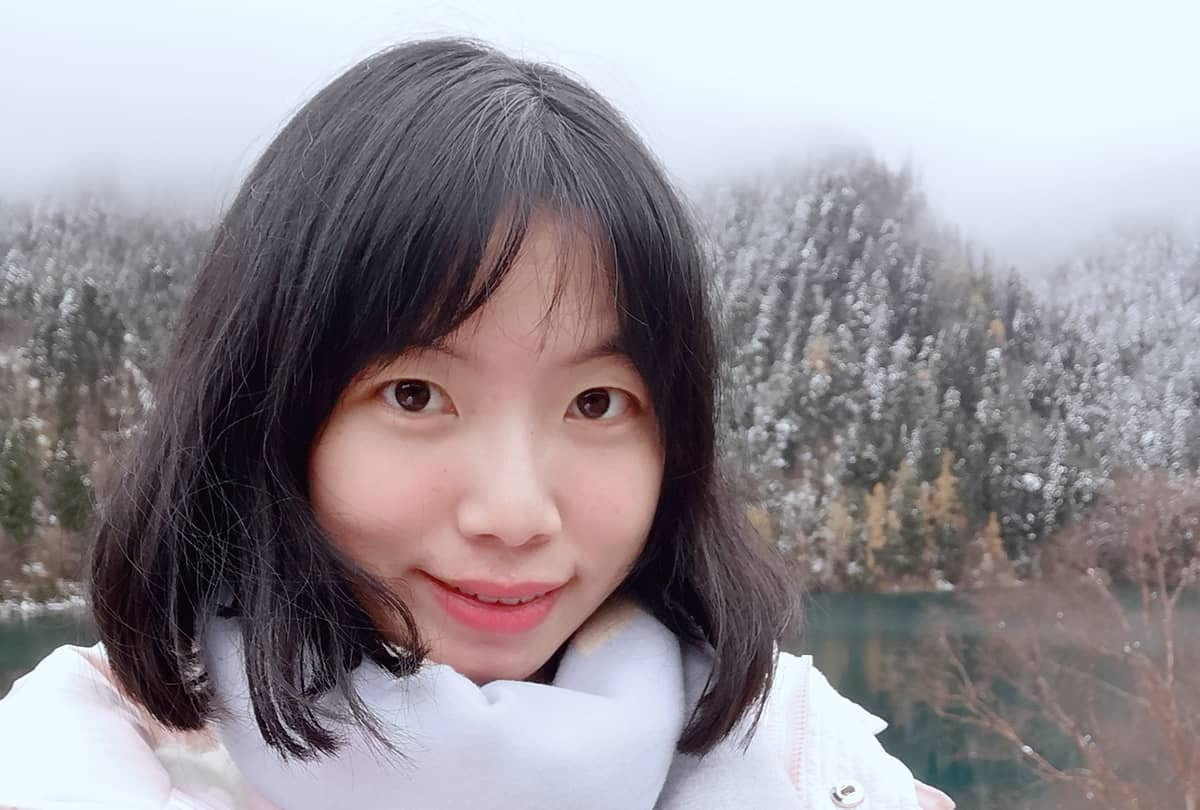
Alice Qin | Te Hiku Media
“I am an honours student in Statistics at the University of Auckland with a passion for data science and machine learning. My project this summer is to investigate and implement solutions to pre-process te reo Māori text corpora to align with Te Taura Whiri o Te Reo Māori orthographic conventions.
“I will use data science methods to identify common misalignments and along the way, gain experience working on machine learning models. This project is meaningful, for te reo Māori, for machine learning, and for me, who will learn about Māori language, culture, and data sovereignty.”
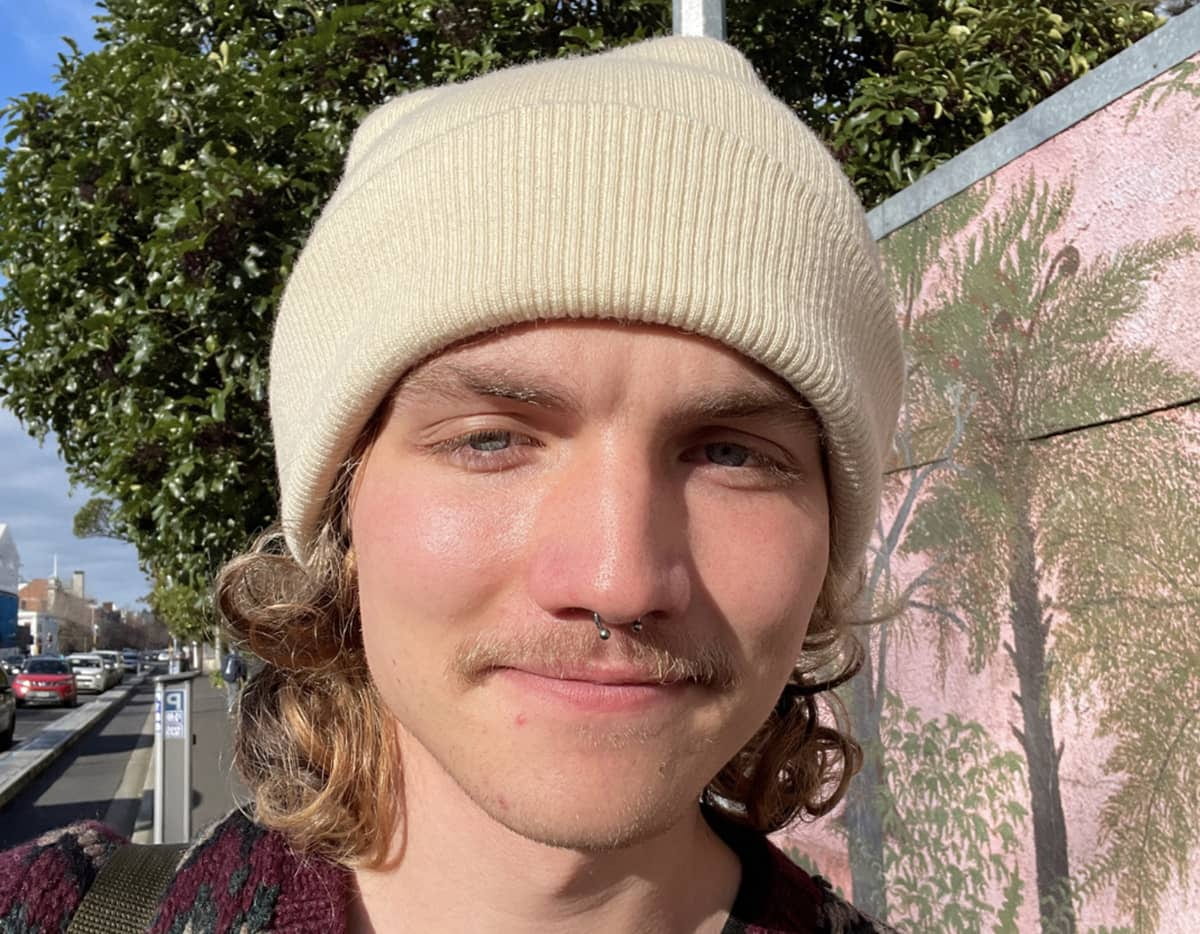
Luke Thompson | University of Otago
“Kia ora, my name is Luke Thompson and I am a Genetics and Zoology student at the University of Otago and an aspiring science journalist. My summer project involves researching behaviours in predator-naïve and predator-aware Otago stone wētā (Hemideina maori), an important invertebrate species that is endemic to Aotearoa.
“This project may have implications for the conservation of the wētā, as knowledge of their behaviour in response to predation is key when managing their populations. Being a part of this project has already taught me a lot about conducting research and fieldwork, and I’ve been able to get up close and personal with amazing stone wētā from Mou Tapu and Mou Waho (islands on Lake Wānaka) as a bonus!
“I want to give a big thanks to my supervisors Associate Professor Cilla Wehi and Dr Sheri Johnson, as well as my partner for this project Hamish Doogan – they’re incredible people and I feel very privileged to be working with them.”
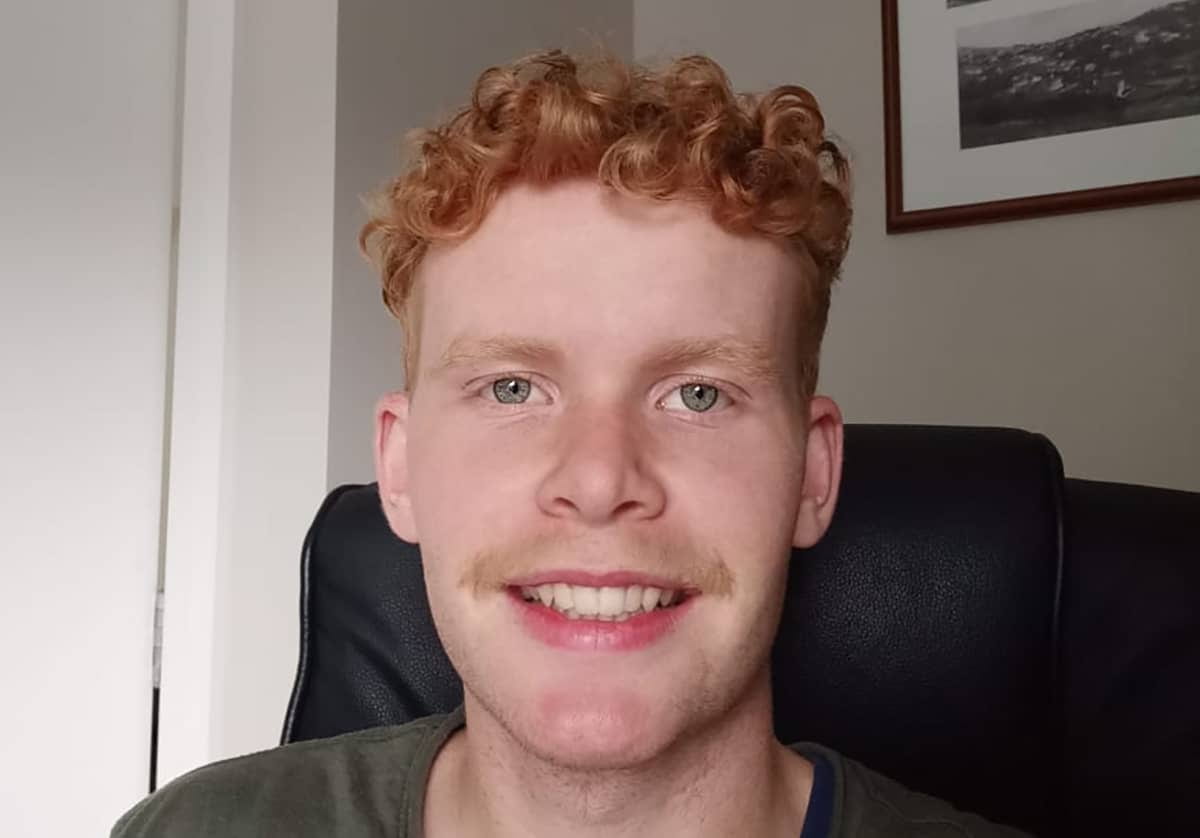
Hamish Doogan | University of Otago
“Kia ora! My name is Hamish Doogan. I have just finished my second year at Otago University majoring in Ecology and Zoology. I aspire to work in conservation after I graduate.
“This summer I am working on examining the defense behaviour of mountain stone weta (Hemideina Maori) on two islands in Lake Wanaka: Mou Tapu and Mou Waho. Specifically we are examining whether defense behaviour differs between Mou Tapu, which has an absence of native predators compared to Mou Waho, which has native predators.
“I am super grateful and excited to be working on this project and can’t wait to see what we find!”
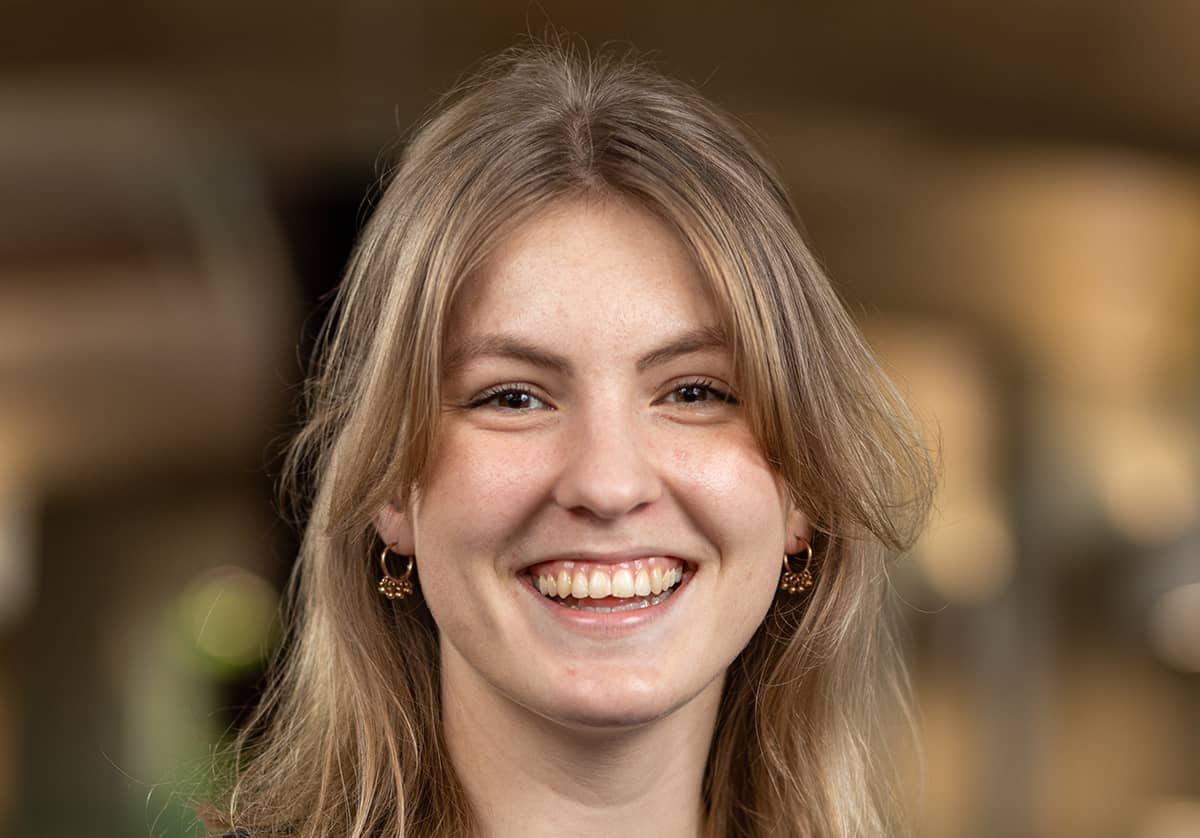
Anne Matena | University of Auckland
“Kia ora! I am Anne, a Dutch student from Eindhoven University of Technology, where I am studying for a Master of Industrial and Applied Mathematics. I’m visiting the University of Auckland for a summer internship on healthcare modeling.
“In my project I am modelling patients that miss appointments in treatment pathways, and investigating where capacity should be put to reduce the effect of these “no-shows”. This project is part of a core Te Pūnaha Matatini project ‘Ngā ara hou ki te ora | New pathways to wellbeing’, which aims to model healthcare delivery and optimise healthcare for wellbeing, justice, equity and efficiency.
“I feel proud to contribute to a project that seeks to improve the life of people and equity in the world.”
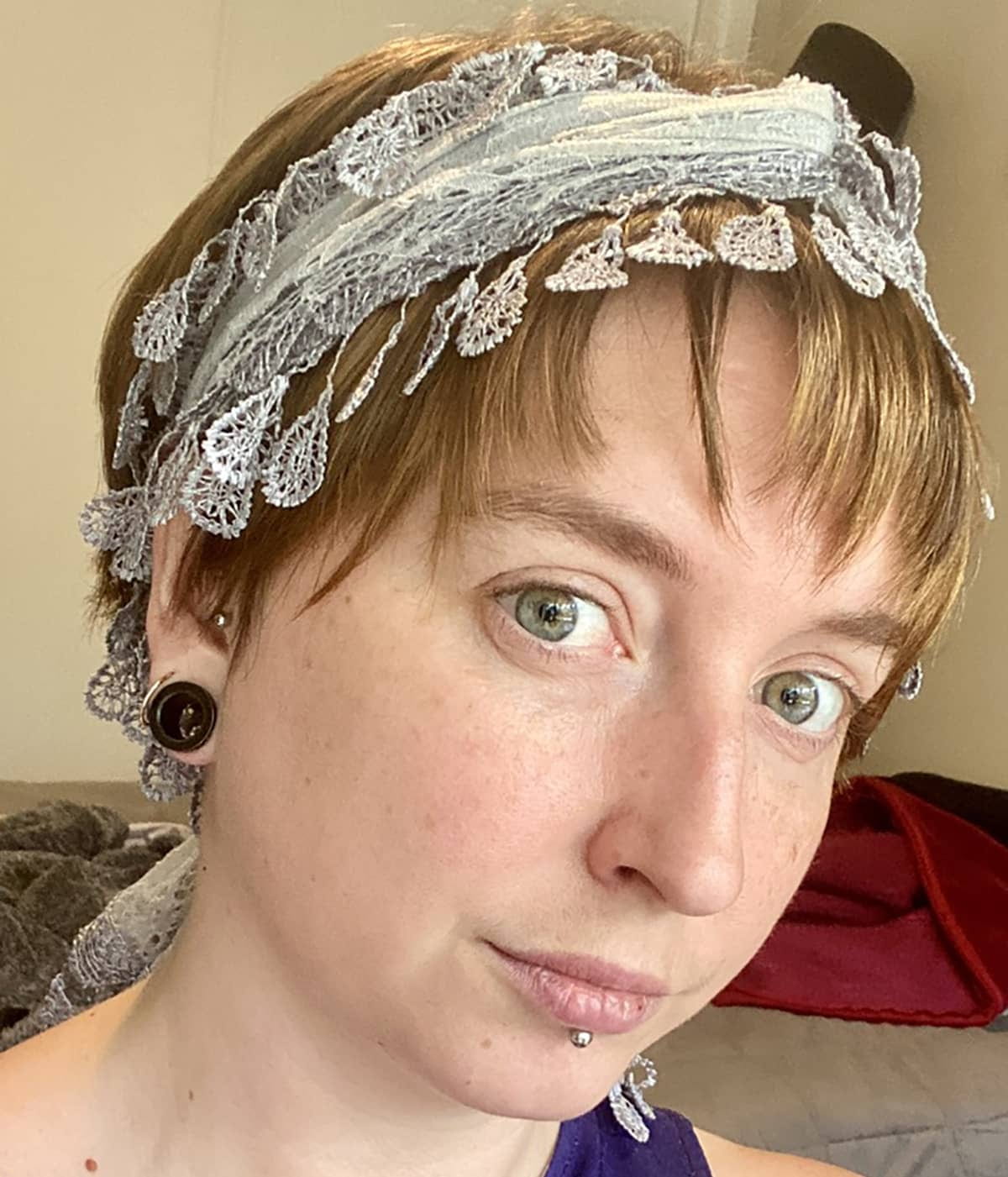
Toni Gordon | Cawthron Institute
“I am a masters student at the Centre for Science in Society at Te Herenga Waka. This summer I am doing an internship with Cawthron Institute in Nelson, working with their science communicators in the field of eDNA.
“I’m looking forward to seeing how knowledge is utilised within a large organisation and learning new skills to be able to communicate the importance of scientific innovation. My projects include film development, science writing and scientific illustration.”
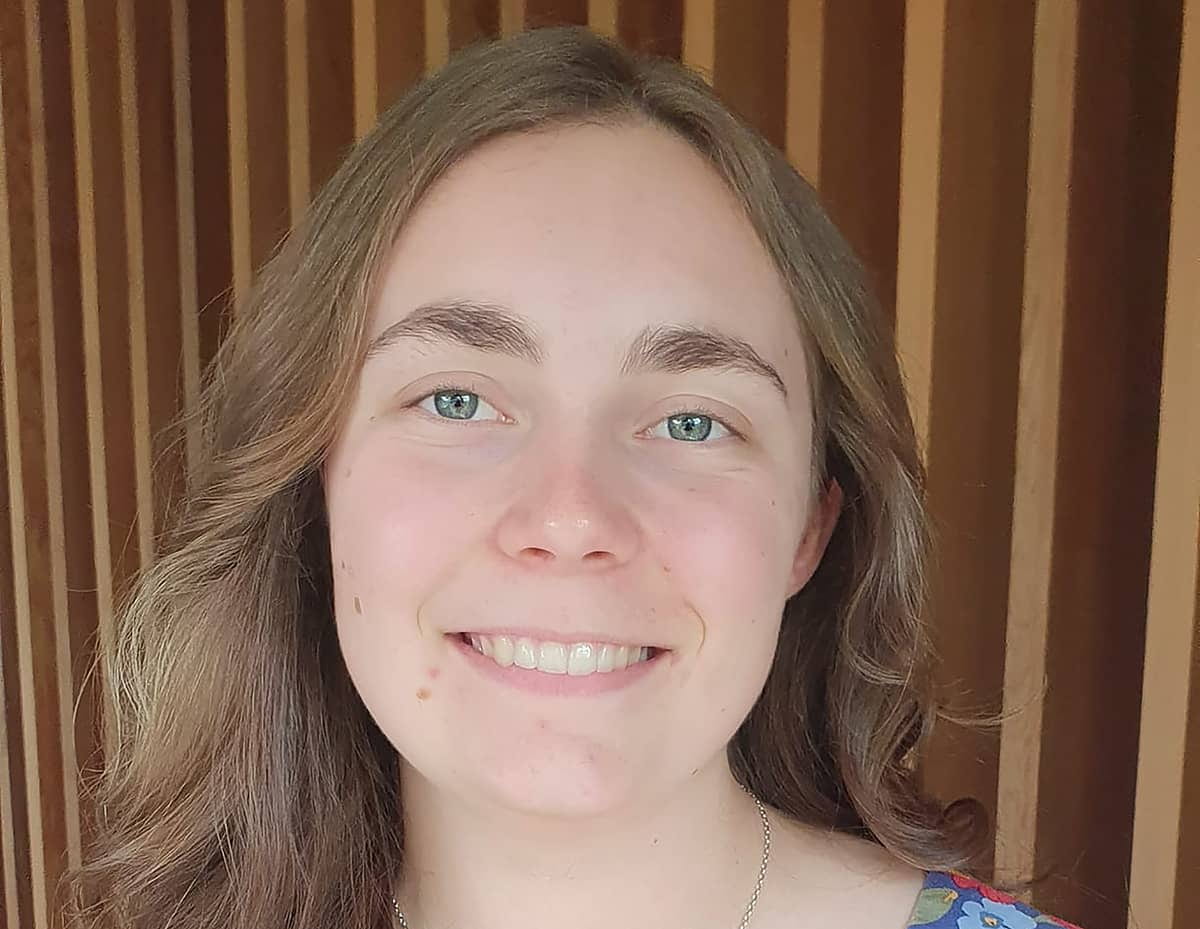
Alana Rodrigues-Birch | University of Auckland
“Hi there, my name is Alana Rodrigues-Birch and I’m working on archaeological research this summer! My project is about obsidian hydration dating (OHD), a dating method that could be used by archaeologists to determine how old obsidian artifacts are.
“The age of an obsidian artifact can be determined based on how much water it has absorbed since it was made, which is relevant to archaeology in Aotearoa because many Māori artifacts are made from obsidian, and learning about their provenance and age could reveal important information about trade routes and relationships between iwi.
“My part of the project means I get to use a spectrometer as a way of measuring the water content, which I can then use to determine a range of possible ages for the sample I’ve measured. Because this research is developing a new and inexpensive way to reliably and precisely date obsidian artifacts, I’m super excited to be working on it!”
